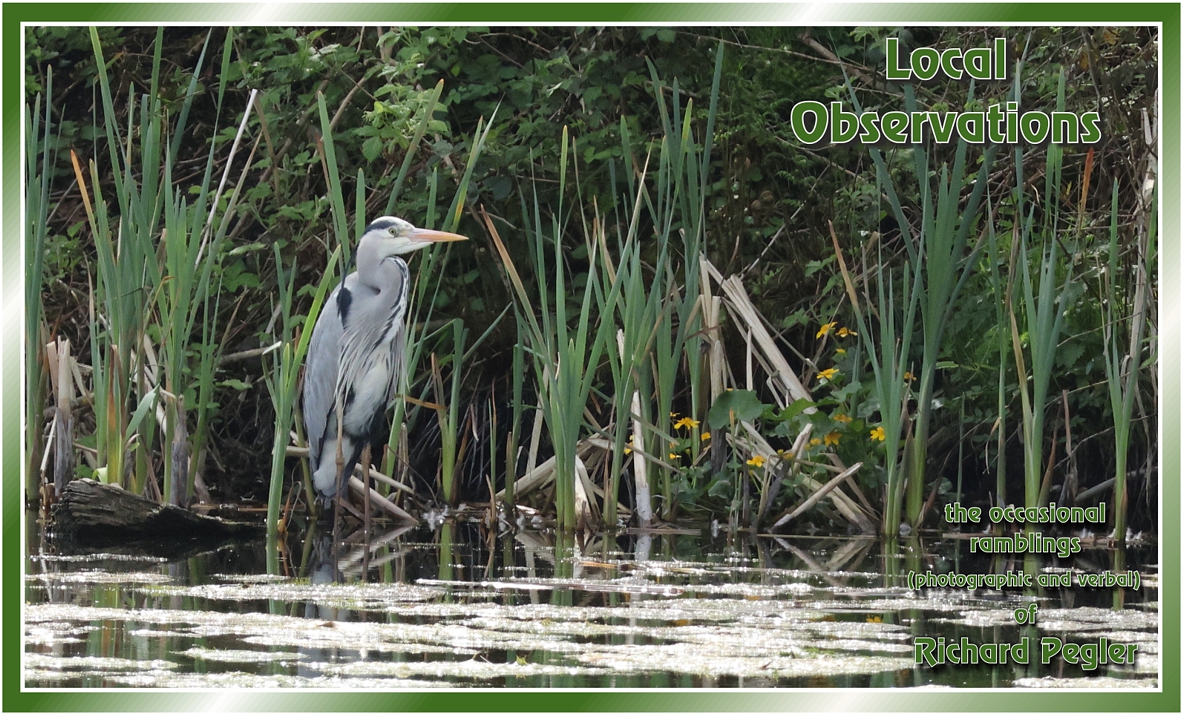The weather forecast for Thursday 19th was not good, with another very dull drizzly misty day in prospect. John and I were both feeling a little stir-crazy, having missed our previous Thursday afternoon out, due to a forecast for heavy snow (which didn't materialise). We decided, therefore, to go for it, despite having little confidence in actually seeing anything of interest - in fact, I commented to John on the phone before we met up that the prospect for seeing any owls was not good. Wrong!!
On my way to John's I had a brief sighting of a Little Owl at my Site No.02.
We drew a total blank at the first few sites we passed, but then found an owl out in the drizzle at my Site No.37. Fortunately the mist was not too dense at that point.
 |
| Little Owl (Athene noctua) - my Site No.37 |
We stopped for our picnic lunch by my LO Site No.34, and one owl was spotted through the gloom, sitting back in the nest opening and keeping dry.
We continued to Eyebrook Reservoir, making a diversion because of a road closure. This resulted in us arriving from the Stockerston direction. We noted a Little Owl in the usual tree between Stockerston and Eyebrook reservoir. My Little Owl sites are all ones that I feel I am able to monitor throughout the year and, as my visits to this area had been somewhat rare, I'd never added this nest location to my list. However, as I now seem to visit Eyebrook a couple of times a month, I took the decision to add this location to my list - it's now my LO Site No.53 ! However, don't expect any photos of any quality as there is no access to anywhere near the tree, and I'm usually looking into the sun when I visit.
As we arrived at the bridge near the inflow, John saw a Kingfisher fly upstream. We didn't have to wait too long for a Kingfisher to appear in the tree downstream, 100 metres away. I was expecting the bird to look almost black in the gloom, but the blue shone like a jewel, even in the poor light. Fortunately, this coincided with a thinning of the mist. I've still had to perform quite a lot of tweaking to get my images to this state.
 |
| Kingfisher (Alcedo atthis) - Eyebrook |
Hopefully, one day we'll get a Kingfisher land somewhat closer and get some better images.
From the bridge we saw the occasional disturbance of the numerous Lapwings on the nearest edge of the reservoir. By now it was getting murkier again.
 |
| Lapwing (Vanellus vanellus) - Eyebrook |
Due to the failing light, we left this point and headed round the west side of the reservoir to the second viewing stockade.
Opposite us was a spit sticking out into the water with an assortment of birds - mainly Lapwing. There was an occasional fly-past by Greylag Geese - if they'd have been Pinklag Geese, they'd still have looked grey!
 |
| Greylag Geese (Anser anser) - Eyebrook |
A noise attracted our attention to a drake Goldeneye which was displaying for his mate who was lagging behind by about ten metres, apparently unimpressed.
 |
| Goldeneye (Bucephala clangula) - Eyebrook |
Here are a couple of images of the birds on the spit in front of us. There were possibly some interesting birds in there but the light didn't permit identification. The Lapwings and Cormorants were, however, relatively easy to pick out.
 |
| In the gloom - Eyebrook |
We didn't stop long at Eyebrook before heading homeward again. A pair of Little Owls was seen at my Site No.41, but it was far too dark for photography.
Having dropped off John at his home I headed back via my local patch and saw the silhouette of a Little Owl at my Site No.12. This brought my total for the day up to 7 Little Owls over 6 different sites - my best day for sightings for several months, and not bad for a day that I thought would probably not yield a single sighting! OK, so it was a rubbish day photographically (although I quite like the reminders of the misty scenes), but a very worthwhile and spirit-lifting one.
Thank you for dropping by.



































































